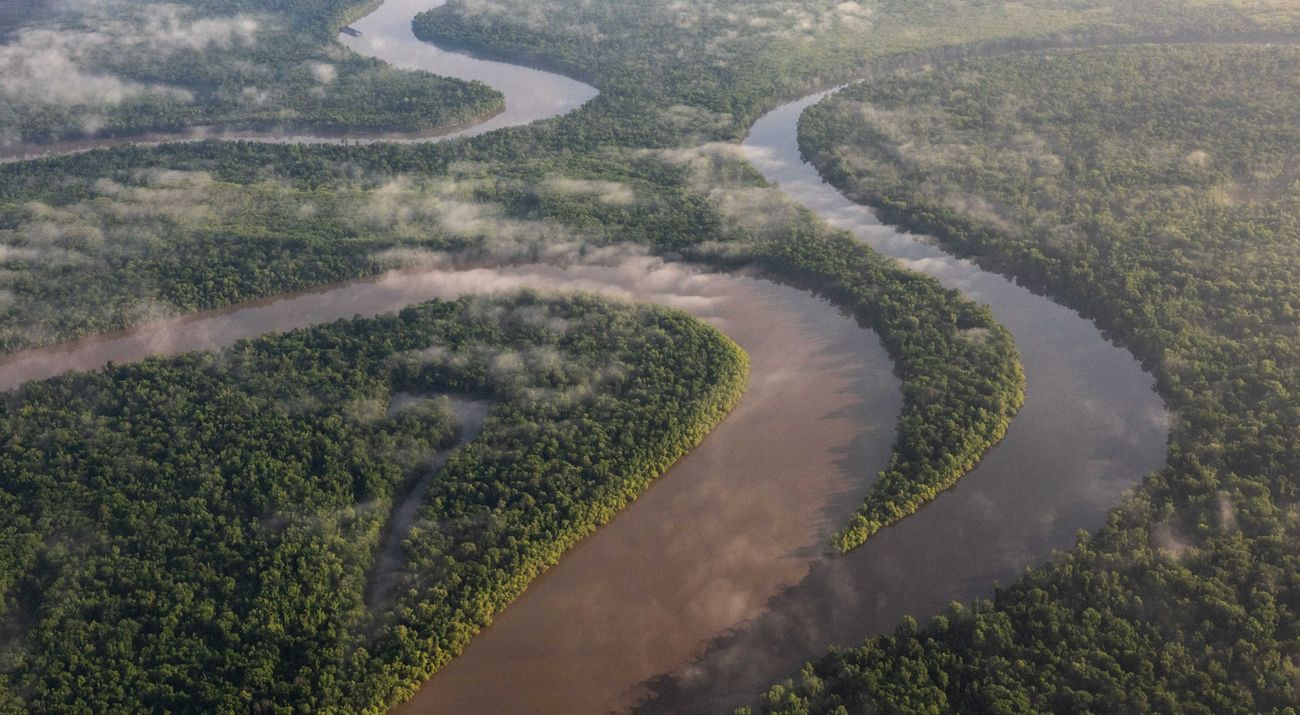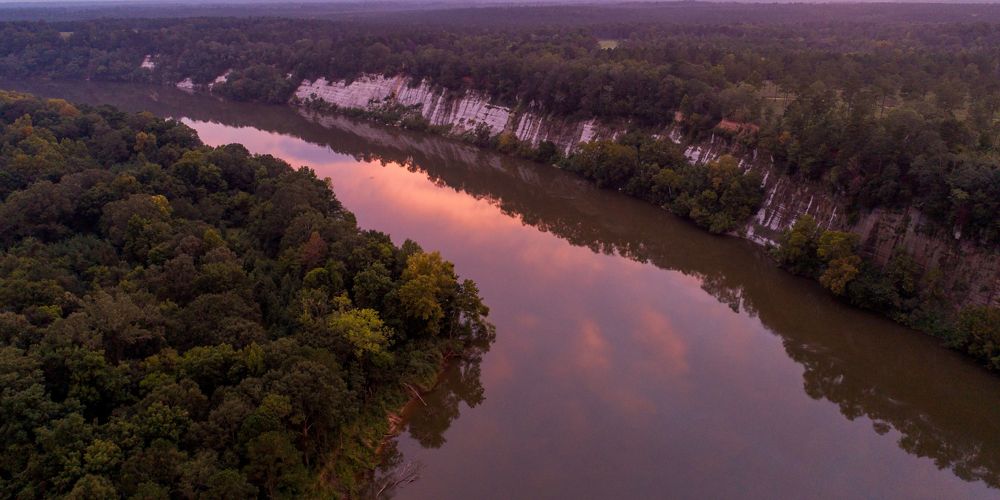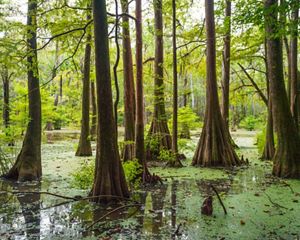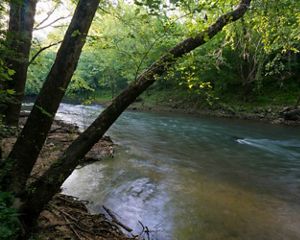Making Headlines
TNC announces a new partnership with the E.O. Wilson Biodiversity Foundation.
Read All About ItDeep in the heart of southern Alabama, the Tombigbee and Alabama Rivers come together to forge an irreplaceable ecosystem. The conjoined rivers form a watery network that seeps, meanders and flows all the way to Mobile Bay. This complex system of wetlands and forests is collectively known as the Mobile-Tensaw Delta. It is the second-largest intact delta system in North America—and it is teeming with life.
And now The Nature Conservancy has more help in protecting this globally significant landscape. In June 2025, TNC teamed up with the E.O. Wilson Biodiversity Foundation on protecting its 8,000-acre Land Between the Rivers Preserve – located in the heart of the Mobile-Tensaw Delta – which will officially be named in honor of famed natural scientist at a ceremony in Fall 2025. This announcement took place on what would have been Wilson's 96th birthday, about a place that launched his fascination with the natural world and eventual unmatched legacy of education and conservation.
Protecting the Land Between the Rivers
The Mobile-Tensaw Delta spans some 200,000 acres, a mosaic of bottomland hardwoods, marshlands, and cypress and tupelo swamps. The region’s many creeks, rivers, ponds and oxbow lakes are home to the greatest number of freshwater species in the U.S., making it one of the most ecologically diverse places on the planet. The Delta also supports flourishing human communities rich with culture and history. The Nature Conservancy is working hard to keep it that way.
Among our priorities: To protect “the land between the rivers,” the capstone of the Delta created by the confluence of the Tombigbee and Alabama Rivers. Protecting this unique and foundational habitat will benefit the people and wildlife who make their homes in Alabama and throughout the southeastern U.S.

A Haven for Biodiversity
In the late 1700s, naturalist William Bartram wrote of traveling on the Tombigbee River just above its confluence with the Alabama. He described a high bank on the western shore:
Opposite this bluff, on the other side of the river, is a district of swamp or low land, the richest I ever saw, or perhaps anywhere to be seen: As for the trees, I shall forbear to describe them, because it would be incredible; let it suffice to mention that the Cypress, Ash, Platanus, Populus, Liquidambar, and others, are by far the tallest, straightest, and every way the most enormous that I have seen or heard of. And as proof of the extraordinary fertility of the soil, the reeds or canes (Arundo gigantea) grow here thirty or forty feet high, and as thick as a man's arm, or three or four inches in diameter…
-
The Delta’s waterways are a hotbed of freshwater mussel biodiversity, and home to fish including gulf sturgeon, striped bass, alligator gar and paddlefish. Though it hasn’t been glimpsed for over a decade, believers still hold out hope that the famed Alabama sturgeon, a shiny green-yellow beast, may survive in these waters.
-
The Mobile-Tensaw Delta is home to dozens of amphibian and reptile species, including alligator snapping turtles and the state’s largest population of American alligators. Two imperiled turtles, the Alabama red-bellied turtle and the Delta sawback, are found nowhere else on earth.
-
The Delta’s forests are a key corridor for waterfowl such as wood duck, least terns, ibis and egrets. More than 300 migratory bird species pass through each year, including more than a hundred that come to nest in this lush landscape.
-
The most secure breeding population of black bear is found in the area.
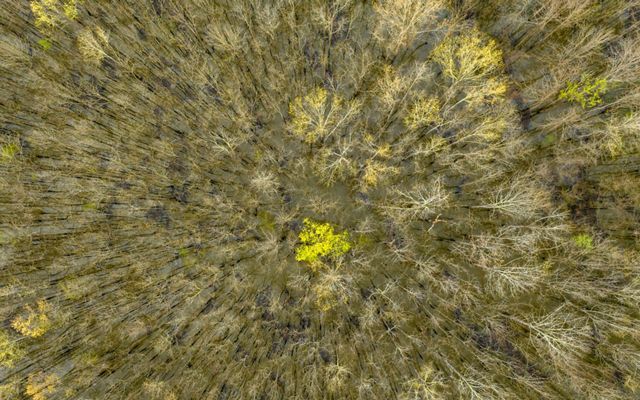
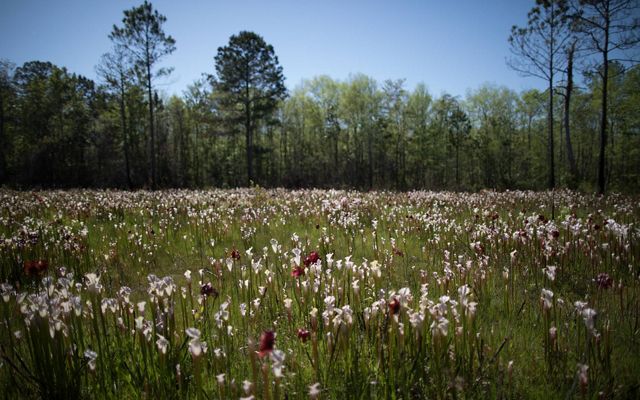
The People of the Forks
The Delta’s human communities, too, are diverse. The region was traditionally the land of the Naniaba, the “people of the forks” (who were often known by other tribes and the Europeans as “the fish eaters”). The Naniaba’s land between the Tombigbee and Alabama rivers long served as an important neutral ground between the Choctaw confederacies and the Creek confederacies.
Today, the Delta region is intertwined with the culture and livelihoods of southern Alabama. The communities that live in this special place are deeply invested in its future—and well aware that long-term conservation is critical to ensuring survival of native species, as well as local and state economies, recreation and community life.
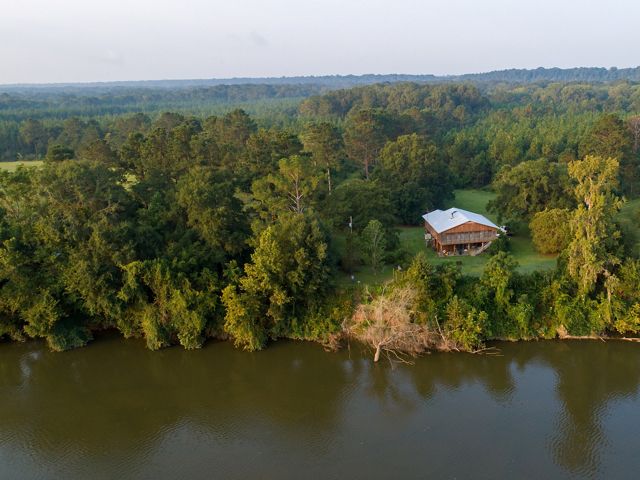
A Keystone in a Connected Southern Landscape
The Mobile-Tensaw Delta is a vital piece of a larger conservation puzzle. It lies within the Southern Deltas region, a network of floodplains, rivers and wetlands that extends across the southeastern U.S. That region, in turn, is part of a critical corridor that stretches from the Gulf to the Appalachian Mountains. Conserving the capstone “land between the rivers” at the confluence of the Tombigbee and Alabama Rivers is a priority in TNC’s ongoing efforts to establish resilient and connected landscapes across the southeastern U.S.
With a changing climate and biodiversity at risk, there’s an urgent need to establish connected wildlife corridors around the world. But the importance of such connections is particularly apparent in complex watersheds like the Mobile-Tensaw Delta. The Delta and Mobile Bay are linked together hydrologically and ecologically.
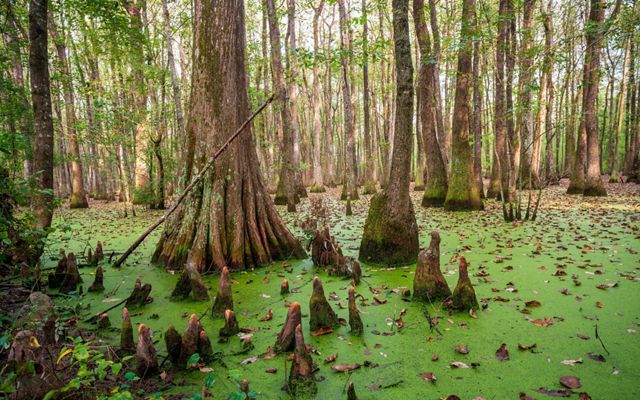
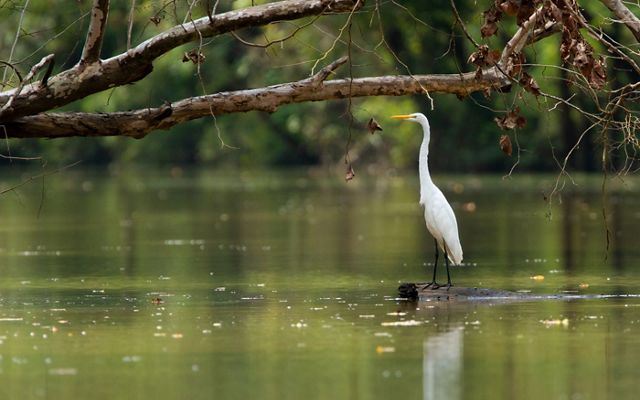
The annual flooding cycle of the Delta allows water and nutrients to be exchanged between the river and its floodplain, enhancing water quality and maintaining a rich, productive ecosystem that supports abundant wildlife populations. That exchange also provides nutrients to downstream estuaries that serve as critical nursery habitat for commercially important species such as mullet, drum, snapper, crabs and shrimp harvested from Mobile Bay. In other words, conservation efforts in the Delta have a ripple effect across the region, including direct impacts on biodiversity and livelihoods downriver.
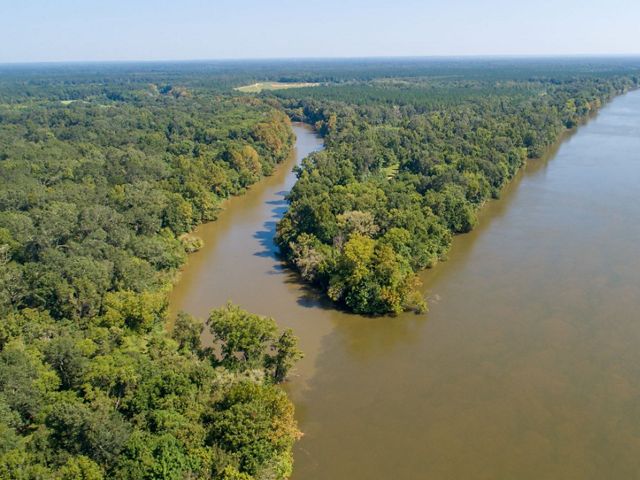
The Nature Conservancy at Work in the Delta
Over the last three decades, TNC has worked with partners to protect some 100,000 acres of habitat within the Mobile-Tensaw Delta. Still, much of the region’s wild places remain unsecured and under threat. The forests and wetlands of the Mobile-Tensaw Delta and its surrounding buffers are vulnerable to development efforts that would clear and carve up the landscape for timber and riverfront construction.
Yet there is great opportunity in conserving these lands. The Mobile-Tensaw Delta represents the best opportunity for carbon capture projects in the U.S., outside of the Cumberland Plateau in the Appalachians. If these lands are protected and managed responsibly, the forests will continue to capture and store carbon, becoming part of our natural solutions to fight climate change.
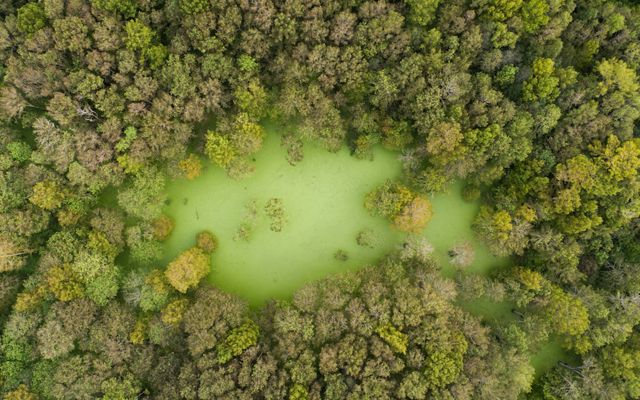
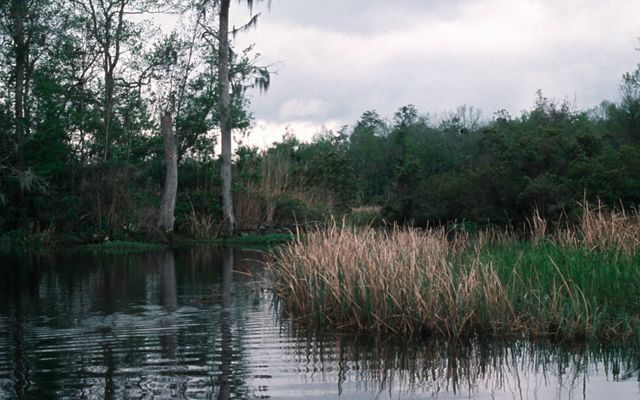
These are reasons why TNC was happy to announce that Holdfast Collective, the grant-making arm of the apparel brand Patagonia, made a $5.2 million gift in 2024 that allowed TNC to acquire a nearly 8,000-acre tract where the Alabama and Tombigbee Rivers join known as the Mobile Delta’s Land Between the Rivers. This generous gift helped TNC conclude an ongoing effort to secure this property from a private landowner. It represents one of the largest unprotected stretches of intact bottomland forest left in the state and includes scattered old-growth forests. Acquiring this tract will extend the existing conservation footprint in the Delta to the north and the east.

Conserving and restoring the Delta at scale would position it as an anchor in a corridor of protected lands stretching from the Gulf to the Appalachian Mountains. Piece by piece and parcel by parcel, we are knitting together a connected landscape where species such as Delta sawbacks, red-bellied turtles, Alabama sturgeon—and the people who live alongside them—can survive and thrive.
